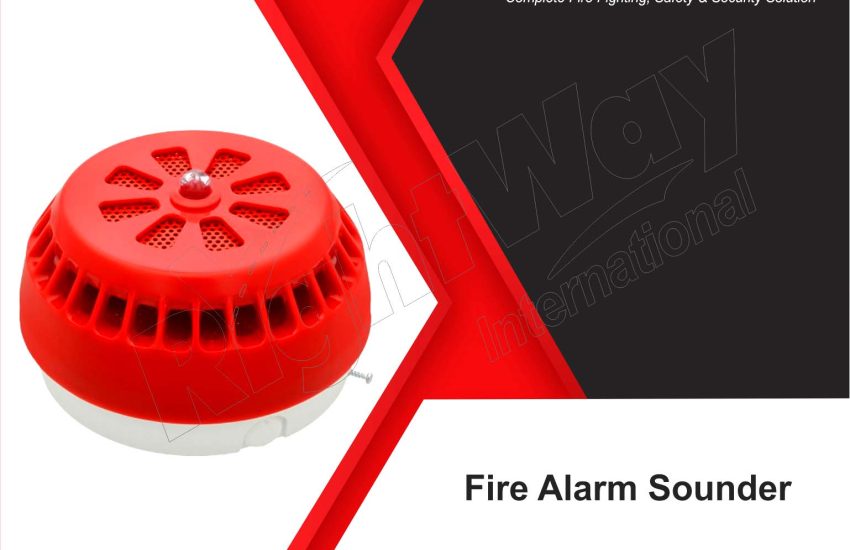Fire Alarm Sounder plays a crucial role in alerting occupants to potential dangers. Understanding the specifications, types, and benefits of fire alarm sounders is essential for ensuring effective fire protection in residential, commercial, and industrial settings. This article provides a comprehensive overview of fire alarm sounders, their specifications, and key considerations when selecting one.
What is a Fire Alarm Sounder?
A fire alarm sounder is a device that emits loud audio signals to alert people to evacuate during a fire emergency. These sounders are integral components of fire alarm systems, ensuring that occupants can hear the alarm clearly, even in noisy environments.
Types of Fire Alarm Sounders:
- Conventional Sounders: These sounders connect directly to conventional fire alarm systems and activate when the system triggers an alarm.
- Addressable Sounders: Designed for addressable fire alarm systems, these sounders can provide more detailed information about the location of the alarm, enhancing response efficiency.
- Multi-Tone Sounders: These sounders offer multiple sound patterns and tones, making them suitable for various applications and enhancing alertness.
- Visual Alert Sounders: In addition to sound, these devices incorporate visual alerts, such as flashing lights, to ensure that people with hearing impairments are also notified.
Specifications of Fire Alarm Sounders:
When selecting a fire alarm sounder, consider the following specifications:
- Decibel Level: The sound output is typically measured in decibels (dB), with effective sounders producing levels between 85 dB and 120 dB to ensure they are audible in noisy environments.
- Power Supply: Fire alarm sounders can operate on different voltage levels, commonly 12V or 24V DC, depending on the fire alarm system requirements.
- Operating Temperature: Ensure the sounder operates effectively in the environment’s temperature range, typically between -10°C to +55°C.
- Mounting Options: Fire alarm sounders may come with surface-mount or flush-mount options, allowing flexibility based on installation needs.
- IP Rating: Check the Ingress Protection (IP) rating to determine the sounder’s resistance to dust and moisture, particularly in harsh environments.
Benefits of Fire Alarm Sounders:
- Immediate Alerts: Fire alarm sounders provide instant auditory alerts, ensuring occupants are aware of potential dangers.
- High Visibility: With the ability to produce loud sounds, these devices effectively capture attention, even in crowded or noisy settings.
- Enhanced Safety: By integrating sounders with visual alerts, you can improve safety for individuals with hearing impairments.
Installation and Maintenance:
Proper installation and maintenance of fire alarm sounders are crucial for optimal performance:
- Strategic Placement: Install sounders in key areas, such as hallways, near exits, and in common areas, to ensure maximum audibility.
- Regular Testing: Conduct routine tests and inspections to ensure the sounders are functioning correctly and replace any faulty units immediately.
- Compliance with Standards: Ensure that the installation meets local fire safety regulations and standards.
Conclusion:
A fire alarm sounder is an essential component of any fire safety system, providing crucial auditory alerts during emergencies. By understanding the types, specifications, and benefits of fire alarm sounders, you can make informed decisions about fire safety in your environment. For optimal protection, ensure that sounders are installed correctly and maintained regularly.


